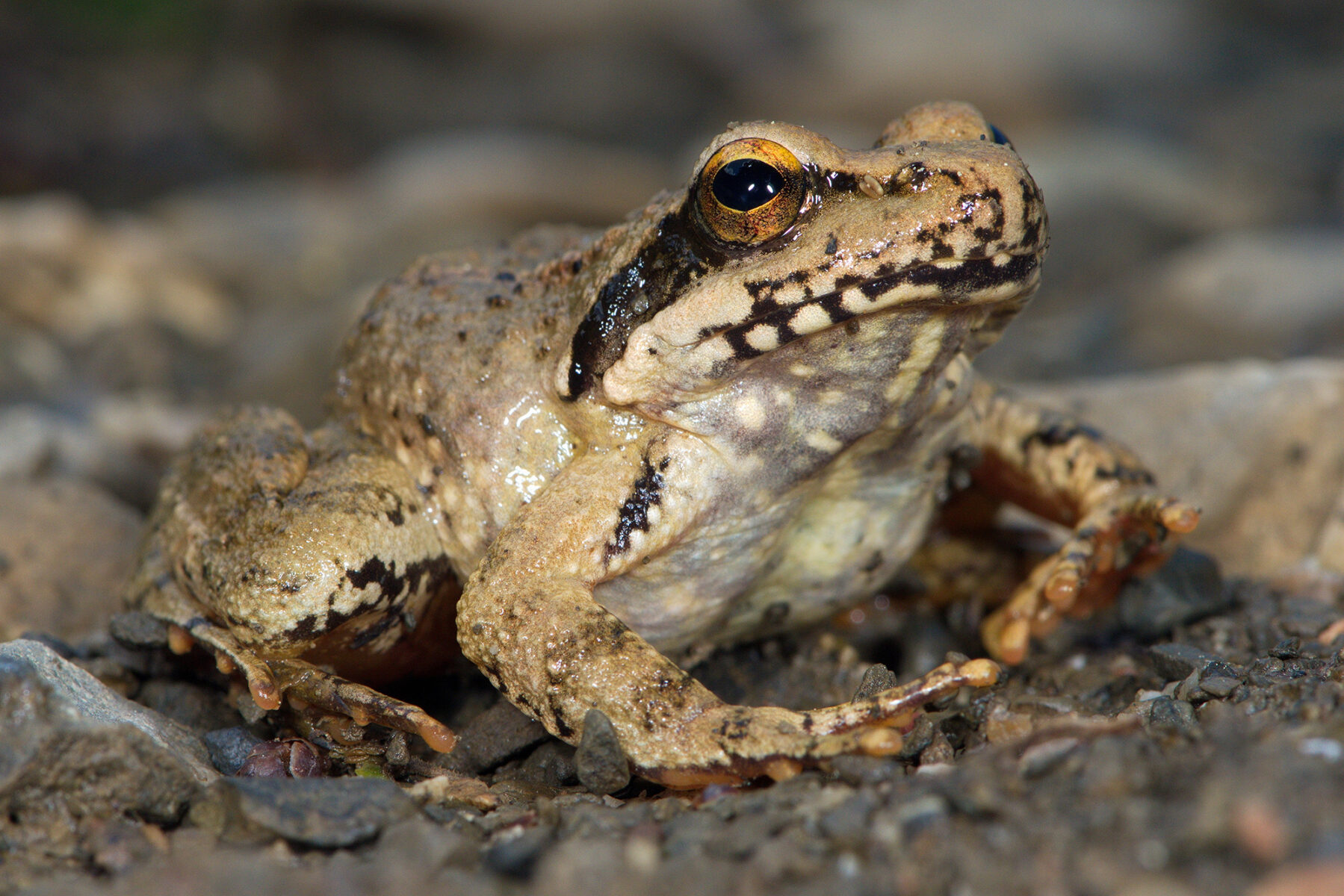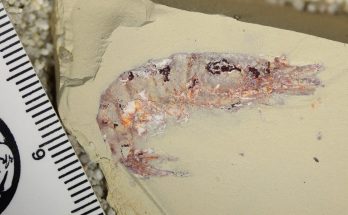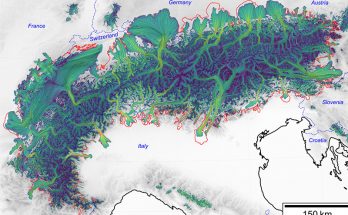Cette publication est également disponible en :
![]() Français
Français

The “Greek frog”, Rana graeca, is one of the species included in the analysis. Photo credit: Andreas Meyer
Genetic diversity is crucial if species are to adapt to climate change. An international study co-conducted by UNIL researchers shows that current efforts to monitor genetic diversity in Europe are incomplete and insufficient. It proposes a novel approach for identifying and pinpointing important geographical areas on which to focus.
- The genetic diversity of animals and plants is essential for their adaptation to climate change.
- Current monitoring of this diversity is inadequate and could lead to the loss of important genetic variants.
- A study co-directed by UNIL provides information on where to monitor genetic diversity in Europe.
- It confirms that better monitoring of species and their genetic diversity is urgently needed internationally.
Every living thing on our planet is distinguished from its fellow creatures by small differences in its hereditary material. So, when the environment changes and becomes unfavorable to populations of species (plants and animals), this genetic variability can enable them to adapt to the new conditions, rather than becoming extinct or having to migrate to other habitats. In simple terms, then, gene diversity is one of the keys to species survival. In 2022, the International Convention on Biological Diversity (CBD) placed increased emphasis on the need to protect the genetic diversity found in wild species, a fundamental component of biological diversity and one that has been generally neglected previously.
Global warming is already putting a great deal of pressure on many species in Europe, particularly those having populations at the climatic limits of their range. The ability of species to resist greater heat or drought, as well as new species colonizing their environment, therefore determines their survival. It is in these borderline situations that it is most urgent to measure genetic diversity, in order to assess the ability of the species in question to persist.
An international study co-directed by UNIL and published in Nature Ecology & Evolution has examined the monitoring of genetic diversity in Europe. Olivier Broennimann and Antoine Guisan, from the Faculty of Biology and Medicine and the Faculty of Geosciences and Environment, have made an essential contribution, developing a novel tool to identify geographical areas where genetic monitoring should be a priority. Their results show that efforts to monitor genetic diversity in Europe are incomplete and need to be supplemented.
By analyzing all genetic monitoring programs in Europe, the study showed the geographic areas in which greater monitoring efforts are needed, mainly in southeastern Europe (Turkey and the Balkans). “Without better European monitoring of genetic diversity, we risk losing important genetic variants,” says Peter Pearman, lead author of the study and a former UNIL collaborator. Improved monitoring would make it possible to detect areas favorable to these variants, and to protect them in order to maintain the genetic diversity that is essential to the long-term survival of species. Some of these threatened species also provide invaluable services to humans, such as crop pollination, pest control, water purification and climate regulation.
The study incorporated the efforts of 52 scientists who represent 60 universities and research institutes from 31 countries. The results suggest that European genetic diversity monitoring programs should be adapted systematically to span full environmental gradients, and to include all sensitive and high-biodiversity regions. In view of recent agreements to halt the decline in biodiversity, to which Switzerland is a signatory country, the study also points out that better monitoring of species in general, and their genetic diversity in particular, is urgently needed at an international level. This will enable better land-use planning, and better support for ecosystem conservation and restoration actions, which help to ensure the persistence of species and the services they provide.
Source
- Peter Pearman, Olivier Broennimann, [+ 48 authors] & Antoine Guisan, Mike Brufford. Monitoring species genetic diversity in Europe varies greatly and overlooks potential climate change impacts, Nature Ecology & Evolution, 2023.


